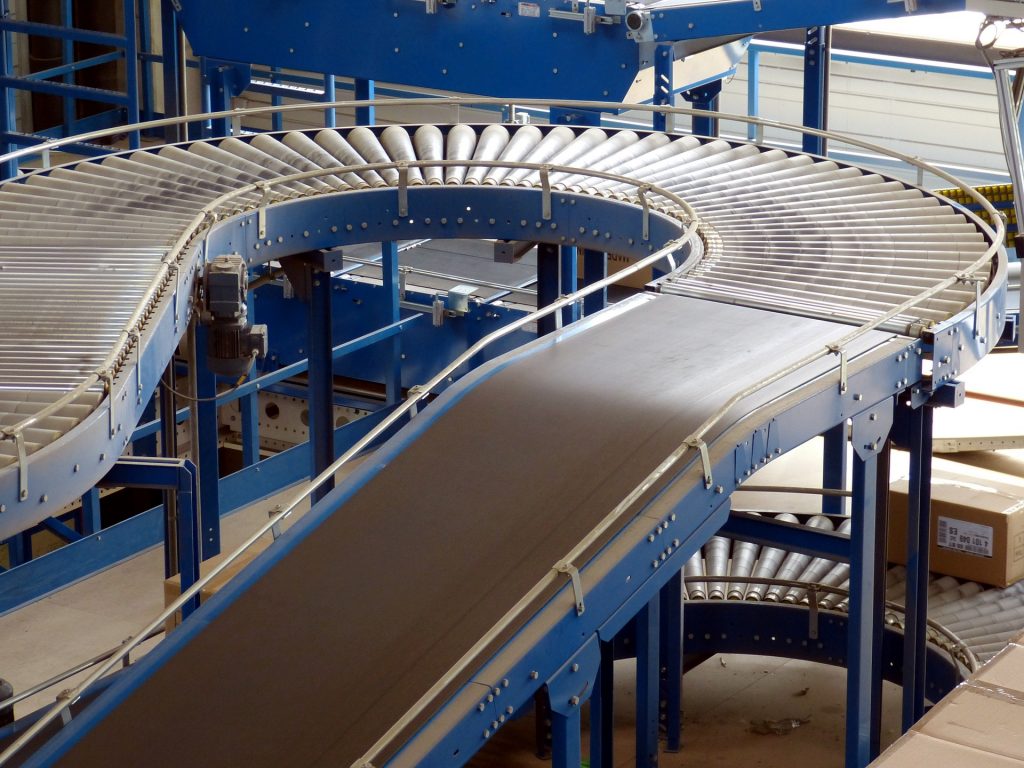Reverse Logistics Management
Reverse logistics refers to a group of procedures and processes of handling returns and returning goods. From retailers to manufacturers for repair, recycling, or disposal at the lowest possible cost. Return logistics is the supply chain’s backward flow of goods returning from the original retailer from customers. Who bought the items on the Internet and returned them directly.
REVERSE LOGISTICS CAN BE Seen FROM TWO VIEWPOINTS OF VIEW.

Return logistics is becoming a more complex operation in the business world. These activities not only help the environment but also provide a good business opportunity. By recovering the economic value of recycled goods. In any case, businesses must conduct a thorough analysis of their priorities and goals. To find the best method for managing returns.
- Corporate: Reverse logistics of returns attempts to address the rise in returns that businesses experience on inventories.
- Environmental: one of the goals of return logistics is to reduce environmental effects. In this way, businesses create goods and procedures that are less detrimental to the environment from the start.
How Will Reverse Logistics Be Improved?
Companies must first conduct a reverse logistics review to find areas or business processes. Companies with a higher return rate of goods are more likely. To put more effort into improving return logistics, according to the most common technique.
- Management of a product’s life cycle – Different stages of development (introduction, growth, maturity, and decline) necessitate different management approaches.
- Systems and technologies of information – They allow you to keep track of products in real-time. The collection of data on the return flow of products.
Reverse Logistics And Long-term Planning
Many businesses consider environmental protection and the implementation of sustainable logistics. Reverse logistics is concerned with the management of used and discarded items, parts, and materials to repurpose them. And, to the extent possible, eliminating waste.
The use of previously discarded goods eliminates the need for fresh raw materials in the manufacturing of new pieces. As a result, manufacturing costs are reduced, electricity usage is reduced, and air and water pollution are reduced.
It is important to include customers in return logistics for them to be as efficient as possible. Businesses must engage people in this process. For example, by organizing public awareness campaigns that clarify citizens’ roles and inspire them to recycle.
How Does It Work?
The reverse logistics framework is built on the integration of self-identification and sorting technologies. Allowing for efficient return and reconditioning management.
The assistant has a workstation with put-to-light technology that simplifies manual ventilation by switching from multireference to mono reference.
The shipments are opened upon delivery, and the contents are detected by reading the banner code. The operator is guided inputting the object in the correct container. By a light signal placed in conjunction with the sorting trays. It is possible to separate the products easily and precisely in this manner.
The software helps you to choose a sorting method based on the type of return order. After inspecting the contents of the box, the software conducts a qualitative and quantitative review and recommends various storage options.
The Benefits of Reverse Logistics
The following are some of the benefits of implementing reverse logistics:
Effect on the atmosphere is minimized. The reuse of materials in manufacturing processes reduces energy consumption and prevents the use of new raw materials. Of course, for the corporation, this means a higher profit margin.
Increased customer loyalty and a better brand profile Return logistics provide a significant competitive advantage to businesses. Customers are becoming more interested in businesses that are dedicated to environmental protection.
Controlling the stock. Return logistics encourages better stock organization, eliminating the storage of outdated goods and reducing the risk of errors.

At the same time, both of these advantages contribute to a decrease in prices and a rise in benefits.
In recent years, the idea of reverse logistics has evolved dramatically. Reverse logistics is the method of preparing, implementing, and managing efficiency. From a product’s place of supply to its point of origin. To restore the product’s value or safely dispose of materials.
This term immediately highlights two points: first, how the idea of reverse logistics has evolved in recent years; from the basic management of consumer returns for quality purposes. We have progressed functionally to include disposal, waste management, and the recycling of depleted products.
The physical perspective associated with the transportation and reception of goods in the “reverse” flow is first and foremost; returned materials will, in fact, be treated in stock in an appropriate manner (segregation, identification, internal handling for re-processing, and so forth); and finally, there is the “efficiency” perspective for future assessments of the return and subsequent conduct.







[…] in recent years. In the hurry to fulfill the requirements of inter commerce, the emphasis is on inventory management rather than inventory reduction. So that a single stock of product could be used to place orders […]
[…] manufactured goods, or packaging materials. In simple terms, this suggests that larger batches of a standardized product are separated after shipment to the warehouse. And orders made up of various goods are […]